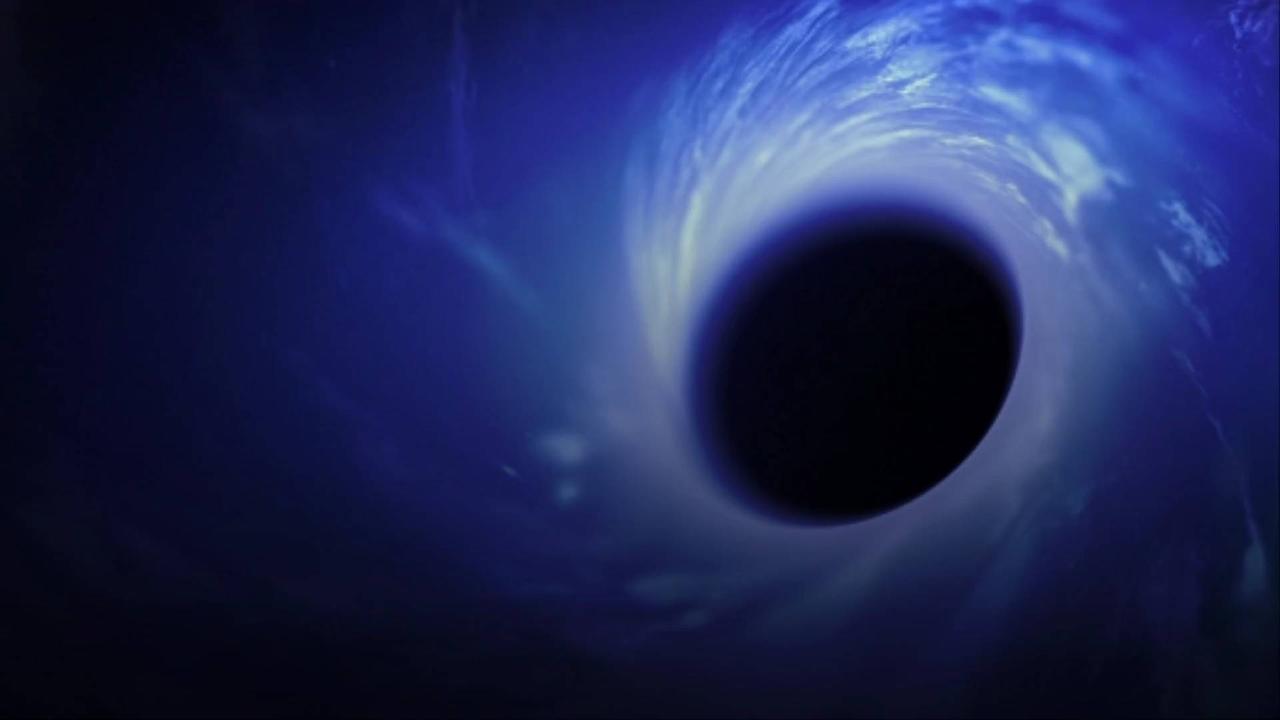
Supermassive Black Hole, May Pose Threat to Earth.
Scientists have reclassified a nearby galaxy after discovering that it contains a supermassive black hole facing our own solar system.
'New York Post' reports that the Royal Astronomical Society began studying the PBC J2333.9-2343 galaxy after it "showed peculiar properties.".
Our hypothesis was that the relativistic jet of its supermassive black hole had changed its direction, and to confirm that idea we had to carry out a lot of observations, Dr. Lorena Hernández-García, Lead author of the paper and researcher at the Millenium Institute of Astrophysics, via 'New York Post'.
The fact that we see the nucleus is not feeding the lobes anymore means that they are very old.
They are the relics of past activity, whereas the structures located closer to the nucleus represent younger and active jets, Dr. Lorena Hernández-García, Lead author of the paper and researcher at the Millenium Institute of Astrophysics, via 'New York Post'.
The galaxy, approximately 657 million light-years away, was initially considered a radio galaxy.
However, scientists noticed that it had rotated 90 degrees to face Earth.
The massive galaxy spans nearly 4 million light-years across, almost 40 times larger than our own Milky Way galaxy.
'New York Post' reports that while it remains unknown what caused the galaxy to change directions, some have speculated that it could have been a collision with another galaxy.
It also remains undetermined how the black hole may impact our galaxy.
'New York Post' reports that the newly classified galaxy is just one of the space threats currently facing the Earth.
New data has revealed three near-Earth asteroids that could pose a serious threat to Earth.
.
Our twilight survey is scouring the area within the orbits of Earth and Venus for asteroids.
So far we have found two large near-Earth asteroids that are about 1 kilometer across, a size that we call planet killers, Scott Sheppard, The paper’s lead author and astronomer, via 'New York Post'

